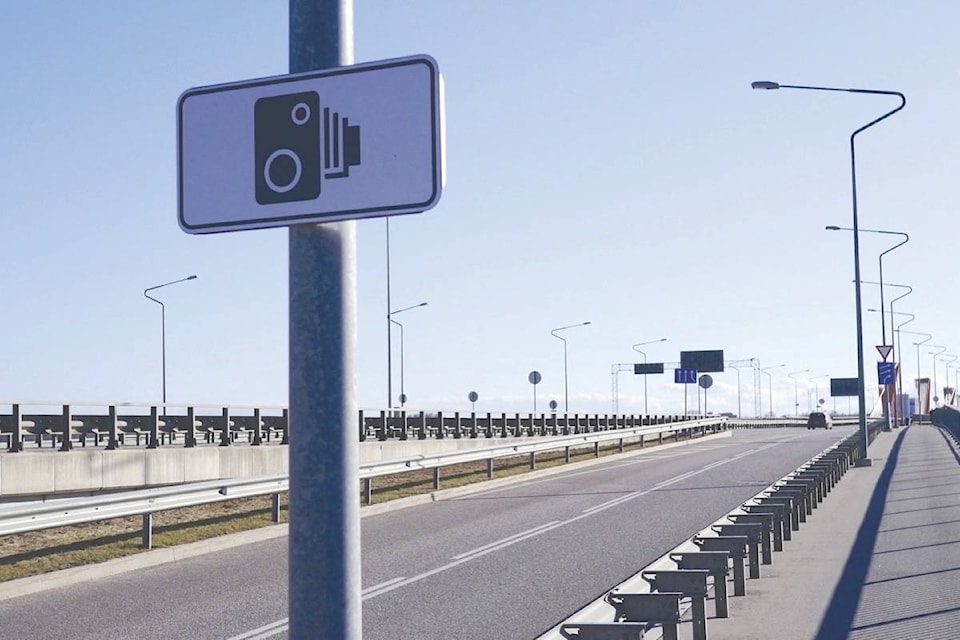By Nicole Starker Campbell For the Pipestone Flyer
Alberta’s new photo radar guidelines may be changing, but traffic enforcement in the City of Wetaskiwin will remain the same.
Over the next year, changes will be implemented to the provincial Automated Traffic Enforcement (ATE) guidelines to ensure photo radar is used exclusively to improve traffic safety, and not as a revenue generator for municipalities.
“Photo radar operations must contribute to significant traffic safety outcomes, like reducing collisions and saving lives,” says Alberta Transportation Minister Brian Mason. “We are updating the provincial photo radar guidelines to provide the direction and clarity that municipalities and police agencies need in order to focus on safety.”
Senior peace officer Eric Christensen says the City of Wetaskiwin’s ATE program is already in compliance with the new provincial rules, so no changes to photo radar use are necessary. “We believe that the cash cow comments were made with specific municipalities in mind, as most Alberta municipalities are using the program to address safety concerns and not for revenue generation.”
Currently, 27 municipalities in Alberta use photo radar as part of their traffic enforcement programs.
The City of Wetaskiwin currently spends 85 per cent of its enforcement time in school and playground zones. Christensen says that these areas will remain the primary focus of the photo radar program, though the city will continue to monitor other locations where safety could be an issue.
“The program locations have all been approved by the Wetaskiwin RCMP and are based on statistics of either high collision, resident complaints, or locations with safety concerns.”
While the new provincial guidelines may mean a decrease in revenue from photo radar tickets for some municipalities, they aren’t expected to have any financial impact on the City of Wetaskiwin’s bottom line since no changes to the photo radar program will be implemented.
Christensen says that all ATE funds, after expenses, go into a reserve fund that will continue to be used for approved traffic safety initiatives.
An independent third-party review of ATE operations in Alberta found that photo radar has reduced collision rates by 1.4 per cent and reduced the proportion of fatal collisions by 5.3 per cent.
